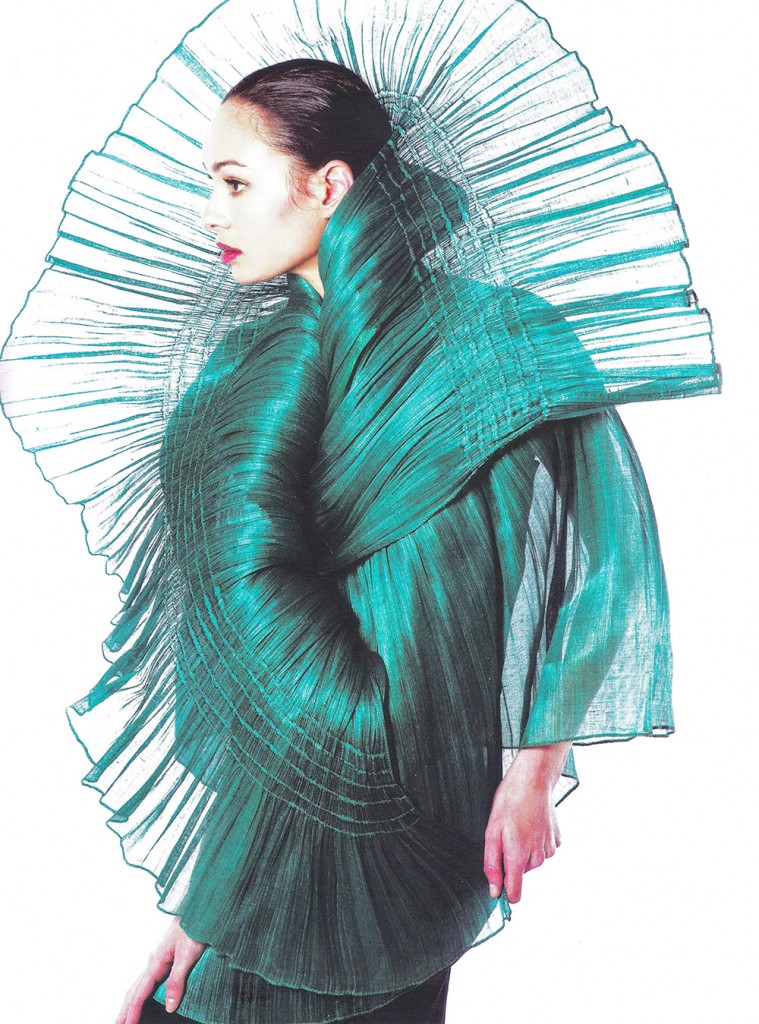
From Bamboo to Banana: Exploring the World of Novel Natural Fibers in Textile Industry
From Bamboo to Banana: Exploring the World of Novel Natural Fibers in Textile Industry
Welcome to a world where fashion meets sustainability, and innovation intertwines with nature. Today, we embark on a journey through the fascinating realm of novel natural fibers in the textile industry – a diverse landscape encompassing everything from bamboo to banana! As conscious consumers demand more eco-friendly options, designers and manufacturers are turning to these remarkable materials that not only reduce our environmental footprint but also unleash limitless creative possibilities. So buckle up and get ready to uncover the secrets of these extraordinary natural fibers that are revolutionizing the way we dress – it’s time to explore how bamboo can become silk, pineapple transforms into leather, and so much more!
Introduction to Natural Fibres and Textile Industry
Natural fibers are becoming increasingly popular in the textile industry due to their eco-friendly credentials and unique properties. In this post, we take a look at some of the most intriguing natural fibers out there, from bamboo to banana!
Bamboo is one of the fastest-growing plants in the world, making it an excellent renewable resource for textile production. Bamboo fabrics are soft and silky, yet strong and durable – perfect for clothing, bedding and towels.
Banana fiber is another sustainable option for the textile industry. Bananas are one of the world’s most popular fruits, and every part of the plant can be used. The fibers from banana trees can be used to make a range of different fabrics, including silk-like fabric and sturdy tweed.
Other natural fibers with potential for use in the textile industry include pineapple, coconut, grape, sisal and soybean. Each of these fibers has unique properties that could be exploited by designers and manufacturers.
The use of natural fibers in the textile industry is a growing trend that shows no signs of slowing down. With more and more consumers demanding eco-friendly products, it is likely that we will see even more innovative uses for these fascinating materials in the future!
Bamboo: A Sustainable Option for Textiles
Bamboo is a sustainable option for textiles due to its rapid growth and ability to regenerate without the need for pesticides or fertilizers. Bamboo also requires less water than other crops, making it an eco-friendly choice.
The use of bamboo in textile production is not a new concept. In fact, bamboo has been used in Asia for centuries to create everything from clothing to bedding to umbrellas. The traditional methods of processing bamboo are time-consuming and labor-intensive, but the results are beautiful and unique fabrics.
With the modern technology and equipment available today, industrial bamboo processing has become much more efficient. As a result, bamboo textiles are becoming more popular in the western world as well.
There are many benefits to using bamboo fabrics. They are soft and smooth, yet strong and durable. Bamboo fabric is also naturally antibacterial and hypoallergenic, making it ideal for those with sensitive skin. Additionally, bamboo fabric is breathable and moisture-wicking, making it perfect for activewear or summertime clothing.
So if you’re looking for a sustainable, eco-friendly option for your next textile project, consider bamboo!
Banana: An Interesting Alternative to Cotton
Banana is an interesting alternative to cotton because it is a sustainable, fast-growing crop that requires little water or fertilizer. The fibers from banana plants can be used to make fabric that is soft, absorbent, and durable. Banana fabric is also hypoallergenic and antibacterial, making it a good choice for people with sensitive skin.
Hemp: The Versatile Plant Fibre
Hemp is one of the oldest and most versatile plant fibers in existence. It’s been used for centuries to make everything from clothing and rope to paper and fuel. And it’s making a comeback in the textile industry as a sustainable, eco-friendly alternative to traditional fibers like cotton and wool.
Hemp is a fast-growing crop that doesn’t require much water or pesticides to thrive. It’s also naturally resistant to pests and mold, which makes it ideal for organic farming. What’s more, hemp can be used to make a wide variety of textiles, from lightweight summer shirts to cozy sweaters and even durable denim jeans.
So why isn’t hemp being used more widely in the fashion industry? Unfortunately, hemp remains federally illegal in the United States, which means farmers here can’t grow it commercially. But with increasing consumer demand for sustainable fashion options, that could all change in the years to come.
Coconut: A Uniquely Durable Material
Coconut fiber is extracted from the husk of coconuts. It is a natural fiber that is strong, durable, and resistant to water. Coconut fiber can be used in a variety of applications, including ropes, mats, nets, and upholstery.
Coconut fiber is an excellent material for ropes and nets because of its strength and resistance to water. It is also a popular choice for matting and upholstery due to its durability. Coconut fiber is a sustainable resource that can be harvested without damaging the environment.
Seaweed: An Environmentally Friendly Fabric
Seaweed is an environmentally friendly fabric that is made from the algae that grow in the ocean. This type of fabric is biodegradable, recyclable, and does not require any pesticides or fertilizers to grow. Seaweed fabric is also very absorbent and can be used to make clothing that is comfortable to wear in hot weather.
Conclusion
Novel natural fibers are certainly an exciting opportunity for the textile industry, offering a great alternative to traditional synthetic fabrics. From bamboo and banana to pineapple and milkweed, there’s no shortage of options available to businesses and consumers alike. It is our hope that this article has provided you with some insight into the world of novel natural fibers in the textile industry, as well as inspiring you to try something different when it comes time for your next clothing purchase.
Add Comment
You must be logged in to post a comment.




